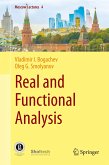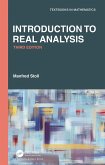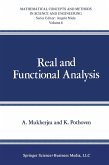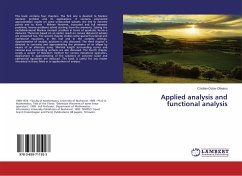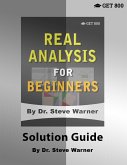This unique book gives a manageable introduction to functional analysis and a thorough treatment of real analysis. Authored as a graduate textbook in analysis, the book could be used for a course in real analysis based on the Lebesgue theory of integration and/or a course on functional analysis. The author uses basic topological ideas to unify the presentation of the main ideas in analysis. He also includes connections to other fields, such as probability and differential equations, and adds some key background material. The book presents topics not often found in standard books, such as an introduction to the Area and Coarea formulas, and a short introduction to probability featuring stochastic processes and martingales. It also gives a treatment of singular integrals and Mihlin's theorem, including the Helmholtz decomposition as well as an introduction to multifunctions and their measurability. Unlike other texts, which might offer complete proofs of the most difficult theorems and only a discussion of the ones that are not very hard, the author avoids this approach and includes a simple proof of the Brouwer fixed-point theorem, for example, which is often referred to with no proof given. It is assumed the reader has studied a normed vector space, sometimes referred to as a linear space, along with the basic linear theorems, and has a working knowledge of basic set theory and the notation used in this subject. Otherwise, the book is essentially self-contained. Many of the exercises extend the theorems and supply examples to illustrate the theorems proved in the book.
Bitte wählen Sie Ihr Anliegen aus.
Rechnungen
Retourenschein anfordern
Bestellstatus
Storno


